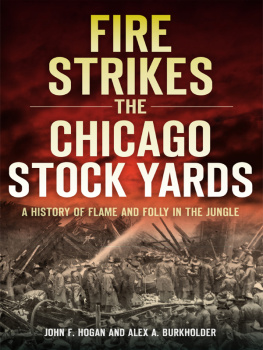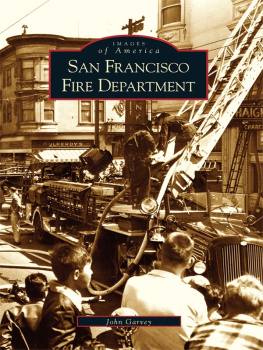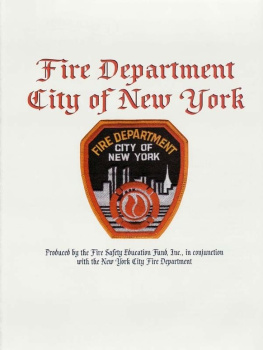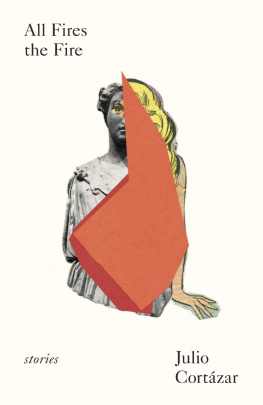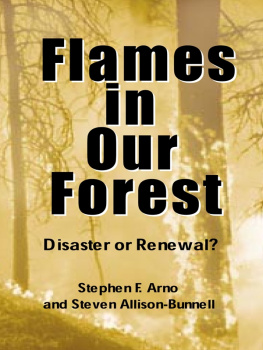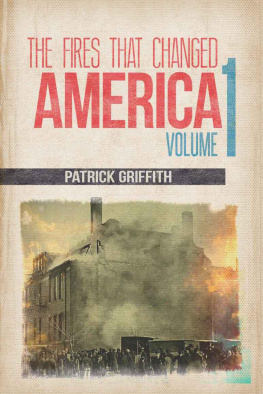

Published by The History Press
Charleston, SC 29403
www.historypress.net
Copyright 2013 by John F. Hogan and Alex A. Burkholder
All rights reserved
First published 2013
e-book edition 2013
Manufactured in the United States
ISBN 978.1.61423.862.1
Library of Congress CIP data applied for.
print edition ISBN 978.1.60949.907.5
Notice: The information in this book is true and complete to the best of our knowledge. It is offered without guarantee on the part of the authors or The History Press. The authors and The History Press disclaim all liability in connection with the use of this book.
All rights reserved. No part of this book may be reproduced or transmitted in any form whatsoever without prior written permission from the publisher except in the case of brief quotations embodied in critical articles and reviews.
If there were any plan in the universe at all, if there were any pattern in human life, surely it would be discovered mysteriously latent in those lives so suddenly cut off. Either we live by accident and die by accident, or we live by plan and die by plan.
Thornton Wilder, The Bridge of San Luis Rey
CONTENTS
FOREWORD
As a young boy growing up in the 1950s in Elmwood Park, a western suburb directly adjacent to the city of Chicago, I did most of the things young boys did, such as play football, baseball and alley basketball and ride bikes. However, being the son of an Elmwood Park firefighter, Martin J. Lacey, I spent many hours in the firehouse. Things that some would find mundane, I found to be great fun. Scrubbing the apparatus floor, shoveling the walks in winter and cleaning windows all made a young boy feel like one of the guys. And, of course, riding the rigs on calls! They were great times, and I got to spend them with my dad. He retired as captain in 1979, and I will always cherish those days at the firehouse.
On those Saturdays when my dad was not on duty, I occasionally went with him on one of the side jobs he worked. One such job was delivering flowers for a florist in neighboring Oak Park. One Saturday morning, I came to learn the story of the 1910 Union Stock Yards fire.
With the Saturday morning Irish radio station on in the truck, we headed for Sixty-third and Halsted Streets on Chicagos South Side. Before making the delivery, my dad took me on a side trip to what was left of the Union Stock Yards. The Stock Yard Inn, the main gate and a few scattered buildings, such as Darlings rendering business, were still to be seen, but little else. The smell of livestock pens now long gone was still readily apparent.
My dad told me of his uncle, Martin Lacey, who was chief of the Chicago Fire Departments Eleventh Battalion in 1910. He had responded to the fire and eventual collapse of the Nelson Morris warehouse that resulted in the deaths of twenty-one firefighters, including Chief of Brigade James Horan. I came to learn that my grandfather, Edward Lacey, and another great-uncle, Joseph Lacey, both Chicago firefighters, were also at this disaster.
Before heading farther south, we went past the one-time home of Martin Lacey at 4506 South Emerald Avenue, half a block east of Halsted and directly across from the yards and, at that time, OLearys Saloon, whose owner was the son of Mrs. OLeary of Great Chicago Fire fame.
Martin Lacey lived here with his wife, Mary, an OMalley from County Mayo, Ireland, and their daughter, Helen, known as Nell. Two other daughters had died in the 1890s of diseases we no longer seediphtheria and typhoid fever. Mary was to pass away in 1913 at the young age of forty-six. There is an old Irish saying that there is no guarantee the young will outlive the old. This was never more evident than in Martin Laceys family.
Over the years, I have read a few articles on this fireone was authored by Sully Kolomay, retired from the Chicago Fire Departments Engine Company 98 and a former Stock Yards firefighter. Recently deceased, Sully was a great guy and a fine historian.
It goes without saying that I was quite excited when I was contacted by Alex and told of what he and John were planning. This was true for more than one reasonthe obvious one being the family connection to Martin Laceybut also being able to discuss this long-ago incident with the authors, men as respected in their profession as Martin Lacey was in his. While there have been some fine books written on the fire, I believe John and Alex have offered the reader not only an in-depth analysis of the fire and the yards but also peripheral issues of politics and personalities that have created their unique perspective on the 1910 Stock Yards fire.
In closing, I congratulate the authors on their efforts and recommend this book to all. Whether a historian, a fire service or Chicago history buff, a firefighter or perhaps a descendant of those brave men whose lives were lost that morning, consider this book a must-readgo back in time in Chicago history.
Edward M. Lacey
October 2012
Lacey is the retired chief of the Schaumburg, Illinois fire department. His eldest son, Patrick, currently serves as a firefighter/paramedic for the City of St. Charles, Illinois.
PREFACE
Maybe its true that one door never closes without another opening. A novel Id been trying to write about the early twentieth-century Chicago Stock Yardsthe setting depicted in Upton Sinclairs The Junglewas going nowhere. However, I remained convinced that another story worth telling could be found among the pens and the cattle and the slaughterhouses.
A key element of the abortive project, perhaps the conclusion, was to have been the 1910 Stock Yards fire that killed twenty-one firemen and three civilians. I was beginning to realize that this tragic and gripping slice of Chicago history needed no fictional embellishment about the same time that I attended a broadcasters reunion and met up with a former colleague I hadnt seen in years. One unforgettable distinction about Alex Burkholder is his extensive knowledge of firefighting and lifelong love affair with the Chicago Fire Department. Before the evening was over, ideas that would lead to Fire Strikes the Chicago Stock Yards were starting to take shape.
Soon after the reunion, and by fortunate coincidence, members of the Chicago Fire Department community held a two-months-early commemoration of the 1910 fires 100th anniversary. Among the gathering at the Fire Department Training Academy were a number of individuals who would come to provide invaluable assistance in the writing of this book. Alex had known many of them for years. I didnt know a soul, but that would quickly change.
While the venerable encyclopedia might have become pass in the digital age, Ken Little, the fire fans trove of insider knowledge, is still going strong. Kens font of anecdotes and facts, along with his sharp editing eye, was critical. Any errors of name, date, place or other fact are the sole responsibility of the authors.
Speaking of human encyclopedias, fire buffs can thank not only Ken but also his co-author, Father John McNalis, for the four-volume History of Chicago Fire Houses, each book the size of a big-city telephone directory. If Ken has a peer in the realm of Chicago fire history, its Father John. His assistance in compiling and screening the illustrations in the book also proved invaluable.
Another fire historian whose contributions proved vital was retired Chicago firefighter M.G. Sully Kolomay. Probably the most vivid first-person accounts of the 1910 fire came from Chief Jim Horans drivers, firefighters William Moore and Joseph Mackey. Years after the fire, Sully Kolomay transcribed their detailed recollections and graciously shared them with us. Sullys death on September 27, 2012, represented a great loss to the firefighting community.
Next page
